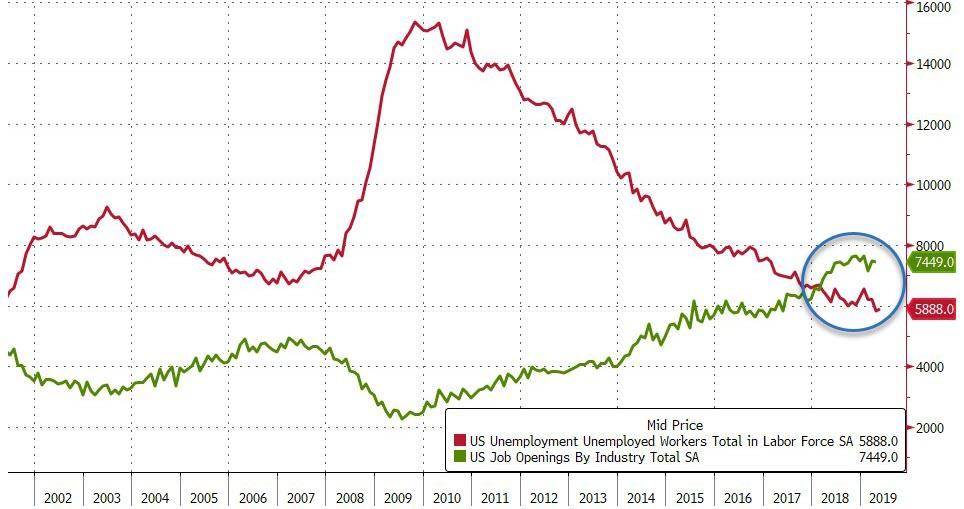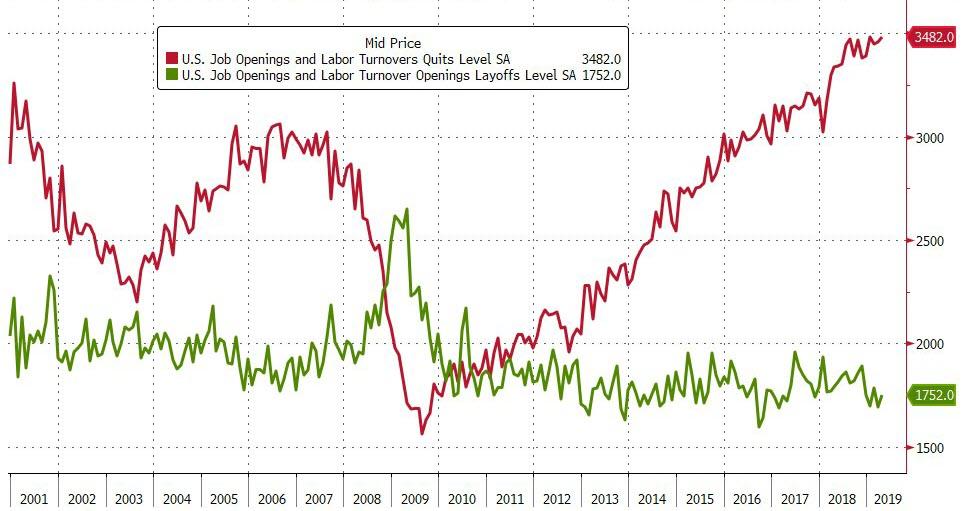Main idea: Currency fluctuations are so independent of economic growth – and used as weapons by politicians. Moving to the gold standard is the only option.
The idea of trekking back through twentieth-century history to excavate the ruins of the gold standard seems downright retrograde — like returning to quill pens, horse-drawn carriages, or slavery, or wampum beads.
After all, didn’t John Maynard Keynes, hallowed English macroeconomist, call gold a “barbarous relic”?
To Paul Krugman, recent Nobel Prize-winning macroeconomist, the gold standard is a “mystical” repetition of the “sin of Midas.” Worshipping a shiny metal.
Let’s be clear — this is not a partisan issue.
Krugman, a self-described Liberal, often cites Milton Friedman, a Republican, who as early as 1951 made the case for banishing gold in favor of a free competitive float of currencies, rather than a flat rate. Friedman also fatefully counseled Richard Nixon to remove gold backing from the dollar in 1971.
Warren Buffett summed up the conventional view with his usual pith:
“Gold gets dug out of the ground . . . we melt it down, dig another hole, bury it again and pay people to stand around guarding it. . . . Anyone from Mars would be scratching their head.”
The gold standard has moved beyond the pale of respectable thought.
A bipartisan University of Chicago business school poll for a Wall Street Journal blog in 2012 found zero support for the gold standard.
Forty-three percent of the surveyed economists “disagreed” with returning to gold, and an additional 57% “strongly disagreed.”
That adds up to 100% — a “consensus” that might spark envy even in such airtight circles of “settled science” as a UN séance on climate change.
With a limited total tonnage, which could be stored in a single small room, gold is seen to suffer from an acute deflationary bias.That is, since the basic money supply cannot expand significantly, it is believed that money prices, including wages and salaries, have to shrink.
An American Tragedy Paved in Gold
Academics make the case that gold failed first under the stresses of World War I, when the combatant states defected, one after another, and most noncombatants followed.
Then it failed again in the Depression of the 1930s, with recovery coming to countries in the exact order of their departure from gold.
Finally it collapsed, seemingly for good, in the 1970s, when — with gold bleeding from the American trove of reserves and the French kibitzing sanctimoniously — Nixon tipped over the table and set up the dollar as the house money.
His Texas swagman John Connally explained the sophisticated strategic calculation behind Nixon’s move: “Foreigners are out to screw us. It’s our job to screw them first.”
Ultimately fatal for the gold standard, however, were studies focused on the 1930s by some of the world’s most respected economic statesmen and scholars.
From Friedman and Krugman, to former Fed chairman Ben Bernanke and former White House chief economic advisor Christina Romer (chosen by Obama for her mastery of depression economics), all ascribed the Great Depression chiefly to the monetary shackles of the gold standard.
Friedman, who advised Richard Nixon on gold, did the most damage.
In his magisterial Monetary History of the United States, 1867–1960, written with Anna Jacobson Schwartz, he tied the Depression directly to the Fed’s gold-based monetary policy.
Supposedly, that forced a 40% money supply collapse amid the carnage of failing banks between 1929 and 1931.
Crediting Friedman, Bernanke’s influential paper “The Gold Standard, Deflation, and Financial Crisis in the Great Depression: An International Comparison” focused on how the Depression ended.
He showed that Japan bolted from the standard first in 1931, with Britain close behind, and that they led the world in recovery. Next came Germany (1932), the United States (1933), and recalcitrant, gold-grasping France (1936).
After Roosevelt abandoned gold in 1933, as Romer points out, U.S. industrial output lurched up 57% between March and July, apparently exulting over escape from its gilded cage.
Now, it is clear that if you are in a global depression, with a third of the workforce unemployed and communists marching in the streets (and in the White House advising you on money), the best course may not be to sit around counting your ingots and reflecting on the lucrative gold backing of the Industrial Revolution.
A better, faster, truer replacement for the gold standard, we are to believe, is the high-technology “information standard.”
All Hail the New Gold Standard
If you have an information economy, with wealth as knowledge and growth as learning, you want a monetary system that rapidly conveys crucial information on prices in time and space.
And there has never been an information system so global, so fast, so robust, as the foreign exchange trading system of convertible currencies.
This awesome, multidimensional system, spanning the globe and extending into the future, enables any company anywhere at any moment to exchange goods and services for money with customers in other countries — without risk.
It enables world trade, globalization, integrated markets, and multinational corporations. It provides a cosmopolitan carpet for courtesy and commerce in the modern world. It garners profits, fees, and margins for its providers, while enabling commerce for the companies that use the services.
This trading system for floating currencies is Milton Friedman’s dream.
But it also reflects the concept of “spontaneous order,” a mainstay of the Austrian school of Friedrich Hayek and Ludwig von Mises, famed Austrian economists who influenced the modern libertarian movement.
On the world’s most advanced computer networks, this trading system links the thousands of foreign exchange desks of all the major banks and other financial institutions — thousands of hedge funds and specialized dealers, and scores of principal trading funds (PTFs, mostly automated high-frequency operators, the so-called “flash boys”).
It brings in multinational corporations that command sufficient international business to support their own trading desks. They all work in parallel, with no central coordination, to arrive instantaneously at convertible currency prices around the world.
The volume of currency exchange dwarfs by orders of magnitude all other economic measurements—GDP, global trade, Internet transactions, industrial production, Google searches, global stock market exchanges, global commodity values, and even derivatives.
Every three years, the Bank for International Settlements (BIS) in Basel, Switzerland, adds it all up on a “net-net” basis, adjusted to nullify double counting from local and cross-border transfers between dealers.
By this careful metric, BIS in April 2013 identified a flow of some $5.3 trillion a day, more than a third of all U.S. annual GDP every 24 hours.
The 2013 total signified currency transactions throughout the year and around the globe at a rate of more than $600 million every second.
And by 2016, that number was still running strong at $5.1 trillion per day.
The benefits of such a system cannot be ignored.
It provides entrepreneurs with accurate measurements of the relative value of all the world’s hundreds of different moneys. And it makes mutually interchangeable funds available on the spot without currency risk.
In other words, with vastly greater speed and automated efficiency, the system performs the role previously played by the gold standard.
Yet it also enables every country to follow its own monetary policy.
In light of this indispensable double service — combining two apparently incompatible goals — no one has complained about inadequate liquidity or performance.
To its advocates, this market’s rapid growth attests to its usefulness and robust results.
Nonetheless, as one might suspect in the wake of the global crash led by the same big banks, the system is less than impeccable...




